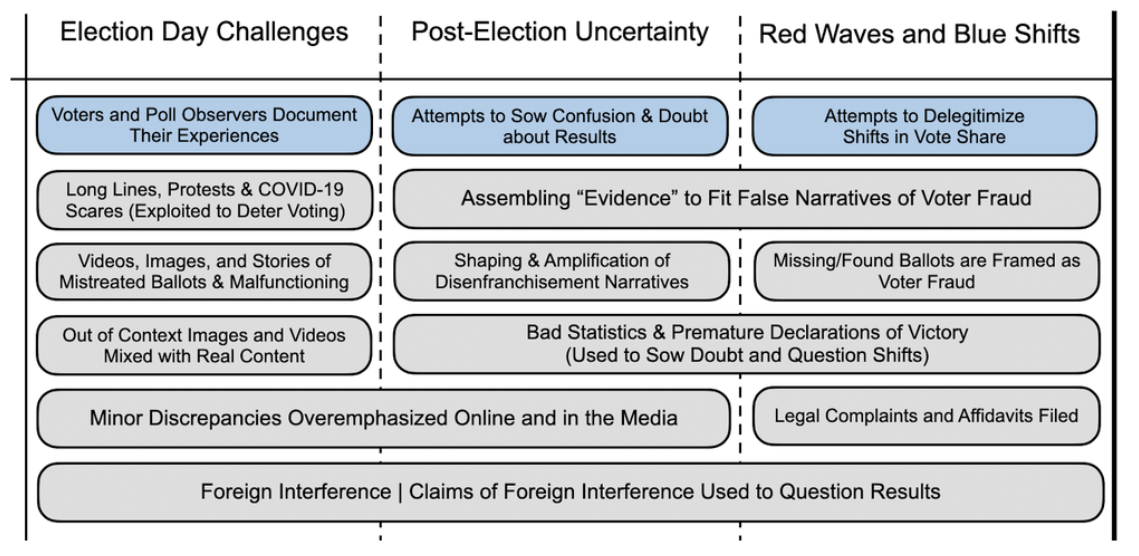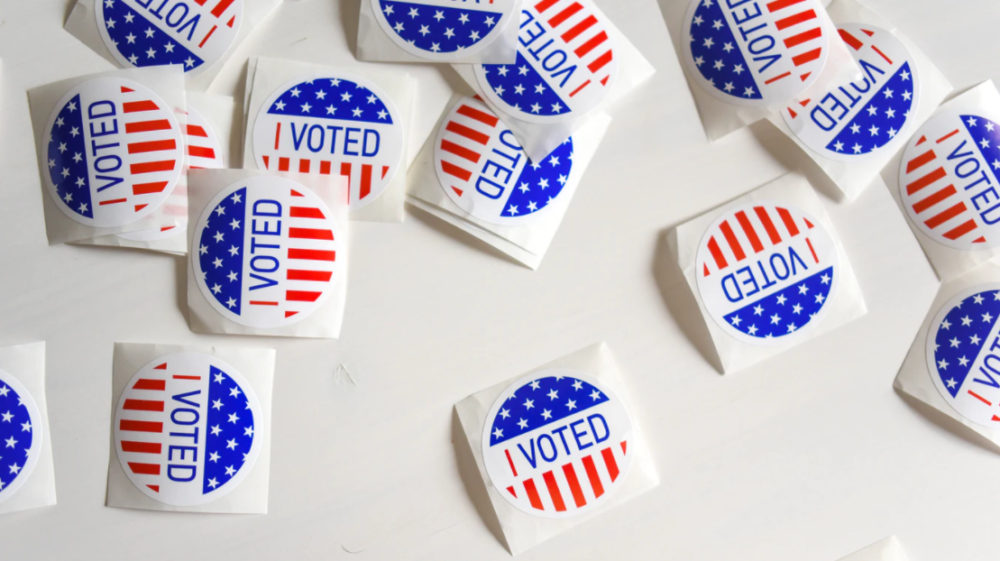Update: Joe Biden was projected the winner on Saturday, Nov. 7th, after taking a substantial lead in Pennsylvania.
Earlier: As US election night draws near, many companies are gearing up for a range of outcomes over concerns the aftermath could put people and properties at risk.
If the last few years have taught us anything, it’s impossible to predict what the election will bring. But we can make a few reasonable assumptions of what to expect on election night and the critical days that follow.
Uncertainty fuels risk, and the first and most critical period of uncertainty begins when polls close on Nov. 3rd. Most media and political analysts believe that the TV networks will not project a winner until Wednesday or Thursday – or even several days after – due to the challenge of processing millions of mail-in ballots. Of course, a landslide in either direction could accelerate the networks’ projections.
Once a projection is made, the question is will the losing candidate concede, effectively ending the election. If the vote is too close to call in critical battleground states – and no one concedes – the election will likely become the domain of the courts until the “safe harbor” deadline on Dec. 8th. That’s the date the US Supreme Court ended the Florida recount in 2000 in preparation for states to make their electoral votes official on Dec. 14th.

Uncertainty is amplified in battleground states, especially those states with do-or-die strategic value, ongoing legal battles, skyrocketing COVID cases, lack of experience in handling mail-in ballots and legal restrictions on when they can start counting the votes. When you take these factors into account, these states should be on the top of your list:
- Pennsylvania: A critical battleground state for both candidates, Pennsylvania has been a legal target, and election officials are not allowed to start counting votes until election day itself. “If the election comes down to one state, there’s a good chance it will be Pennsylvania,” reports the New York Times.
- Wisconsin: Together with Pennsylvania, state law does not allow any votes to be counted before election day. It’s also in the middle of one of the worst COVID surges in the country – and don’t forget Kenosha. “To understand the forces roiling American politics this year, there’s one state that seems to have them all,” explains the Washington Post.
- Michigan: Similar to Wisconsin, Michigan has a lot going on: skyrocketing COVID cases, a foiled plot to kidnap the governor and a heated debate over open-carry guns on election day. And election officials can only start processing – but not counting – mail-in votes the day before election day.
Other higher-risk states include Georgia, Florida, North Carolina, Ohio, Texas and Arizona.
What could we expect during these periods of uncertainty? It all starts with information. The Election Integrity Partnership (EIP), a collection of top information researchers, breaks it down into three categories: election day challenges, post-election uncertainty and “red waves and blue shifts.”

Managing expectations on election night will be a critical role for the news media. State vote tallies will fluctuate wildly – and to some, suspiciously – as they’re counted, depending on their source. For example, as of this writing, mail-in votes have been cast in larger numbers by Democrats, according to tallies from states with party registration data.
“If everything that’s been counted is absentee and early votes, or all election day votes, there won’t be a clear picture of how all the votes will look when both types of vote are included,” explained Sam Feist, CNN’s Washington bureau chief. “[Decision desks] will be patient – they are going to take their time, and they’re not going to get ahead of themselves. So, I would give that advice to everybody on election night.”
Both the TV networks and the social networks say they’re prepared for the scenario that a candidate claims victory prematurely. And in the days that follow, EIP researchers say they expect to see widespread attempts to sow confusion and doubt about the results – especially if there’s no clear winner.
“In some places, it will be bottom-up, with politically-motivated social media users working to collectively curate and frame content to fit prevailing narratives and frames (e.g., voter fraud). In other cases, it may be more top-down, with partisan media outlets pulling together disparate data points and providing new strategic narratives,” researchers said.
Then there’s the continuing prospect of state actors. Last week the FBI announced that both Iran and Russia have been actively interfering with the election, from sending out intimidating email to stealing voter registration data from state and local servers.
What does all this mean for companies concerned about ensuing unrest? During Factal’s webinar on election security last week, Emergent Risk International‘s Kieran O’Leary said while he expects sporadic violence and protests, widespread unrest is unlikely.
“While a disputed election result would almost certainly generate nationwide protests by one or both sides of the political divide – and some violent incidents would probably occur – speculation of a nationwide breakdown in law and order is overblown,” he said.
(Cory Bergman is the co-founder and VP of product/news for Factal, a verified breaking news platform trusted by many of the world’s largest organizations. Top photo by Element5 on Unsplash.)

